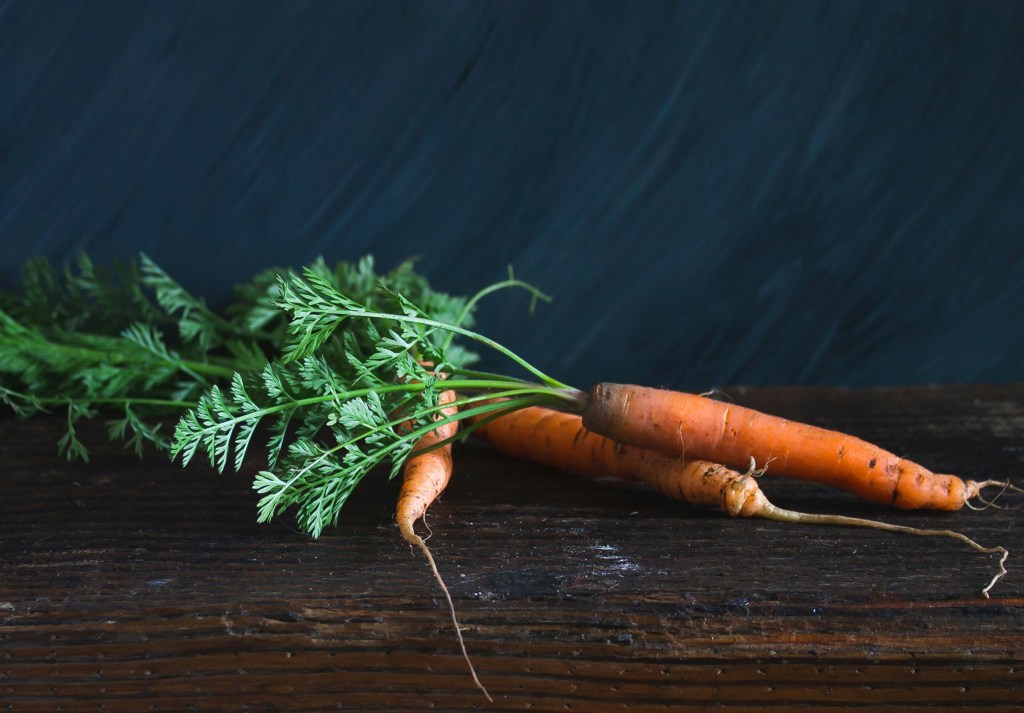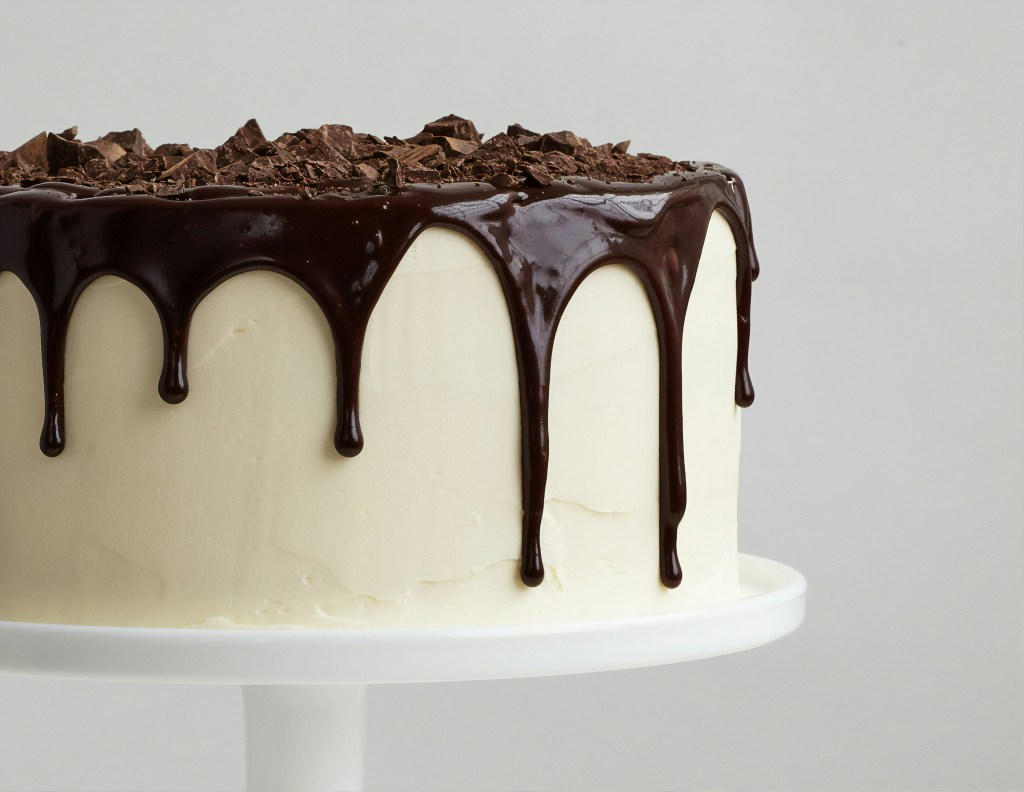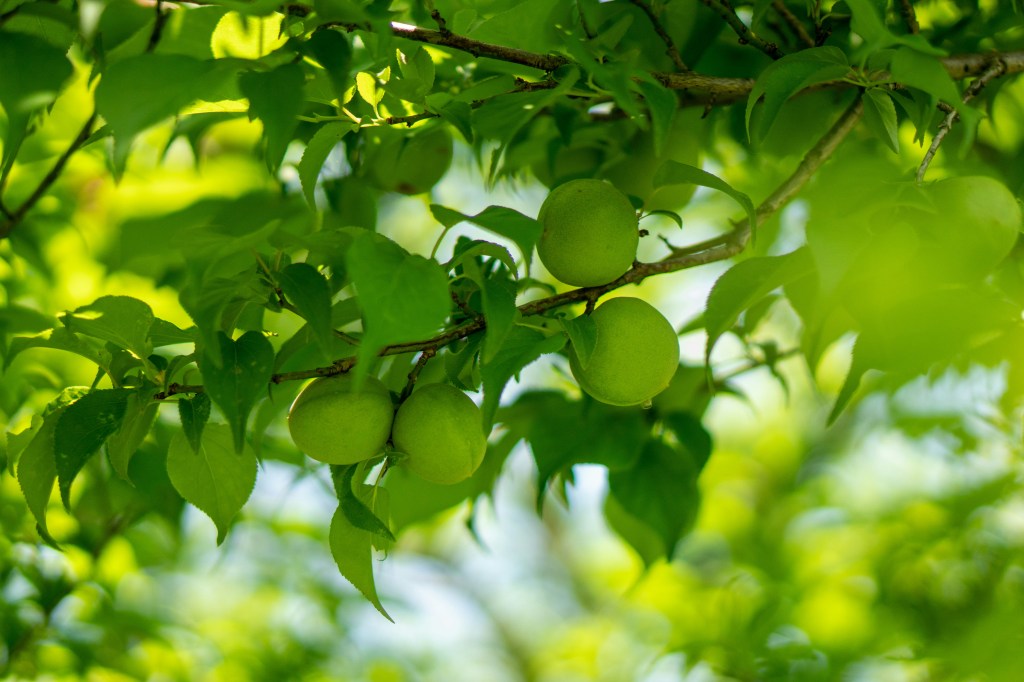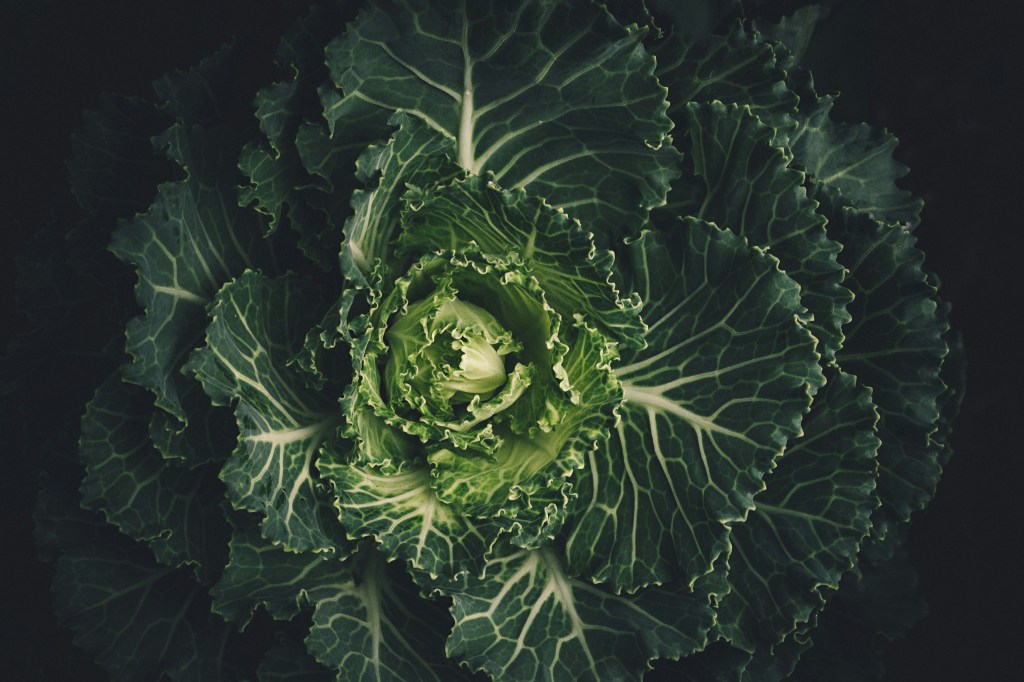In my late twenties, I made the reckless decision to sell nearly all of my admittedly meagre possessions and travel. After attempting to quit my job and being granted a leave of absence instead, I stuffed the remaining essentials – a few t-shirts, two pairs of jeans, and a denim jacket purchased from a London outlet store – into a backpack and spent the next couple of months travelling through Indonesia and Europe. Sporting the shabbiest beard I could muster, I roamed from country to country, crashing in dorm rooms filled with strangers, and intentionally getting hopelessly lost as frequently as possible.
Throughout the trip I toured bathhouses in Hungry, traversed lava fields in Iceland, went surfing and got stupidly drunk in the Basque Country, and even found myself unexpectedly locked out of my hostel in Paris due to a bomb threat. By the time all was said and done, I’d covered more than 46,513km (28,900 miles) via planes, trains, buses, and boats, and an additional 557km on foot. I had also undergone something of a personal metamorphosis, experiencing a stretching of my mind beyond its limits as I encountered diverse cultures and cuisines, and for the first time in my life I started to feel comfortable in my own skin.
It’ll probably come as no surprise to learn that what fuelled my sudden desire to travel was an existential crisis not too dissimilar to the one that has led me to write on this site. Struggling to create my own space in the universe seems to be a recurring theme for me; and probably will remain so for as long as I live. But rather than rehash the whole guy in his thirties who has some deep seeded emotional shortcomings routine, I wanted to talk instead about just how truly awful I was, and still am, at speaking foreign languages.
In the lead up to my trip, I had been cautioned that the French in particular didn’t appreciate foreigners butchering their language. The French dialect is elegant, sophisticated, and has an almost sensuous allure. I could appreciate why they might be less than impressed with an Australian who addresses everyone as “mate,” attempting to speak their language. Nevertheless, I gave my best shot and made an effort to learn a few phrases. But I soon discovered that owning my inability to master their vernacular often led to more positive interactions with locals than stubbornly forcing my way through a tirade of mispronunciation.
Which probably goes someway to explain why despite having first read about mirepoix some years ago, and even bunking with a chef in a dorm room in France, it’s taken writing this post to realise that I’ve never actually understood how the hell to get my tongue around its name.
Mirepoix – pronounced meer-PWAH – is named after an eighteenth century French aristocrat who’s chef de cuisine is credited with establishing the process of lightly cooking onions, celery and carrots in fat such as butter or oil, to coax out their flavours without browning or caramelising them. In fact, rather than achieving a golden brown hue, the whole idea behind a well-cooked mirepoix is for the ingredients to be slowly sauteed at very low temperature until they become near translucent, creating a complex aromatic profile as the flavours of the vegetables sweeten and deepen.
I know what you’re thinking…
Much like the nation’s language, French cuisine is urbane and refined; its gastronomy is famous for airy souffles, buttery croissants, or delicacies such as foie gras. Why the fuck would anyone care about translucent onion, celery and carrot?
The wordsmith within me would love to indulge in some clever wordplay, constructing an intricate metaphor about embracing the allure of simplicity. Or to wax poetic about how in the vast tapestry of our existence, it is the finely woven threads of simple pleasures that provide us with depth and richness. Yet, if I’m being transparent, I needed a starting point – somewhere from which I could establish my bearings and embark on this culinary adventure. Opting for a three-ingredient aromatic base, often referred to as the ‘holy trinity’ of French cuisine seemed like a safe locale from which to begin. I mean, surely I couldn’t screw up something so straightforward, could I?
A well-produced mirepoix is often a cornerstone of many French dishes, imparting a richness of flavour to braised meats, soups, stews, casseroles, and marinades, elevating each creation to new heights. It acts as a gateway drug of sorts, enticing even the most novice of cooks into the captivating world of cuisine française and, potentially, even further into the quintessential glitz and sophistication for haute cuisine. Not bad for a foundation comprising of just three readily available ingredients, found in supermarkets and corner stores worldwide.
Although mirepoix boasts a distinctly French essence, it is not the sole cultural bedrock of flavour found in the culinary landscape. Various cultures around the world have created their own three-ingredient bases, each one representing generations spent refining aromatic foundations. From the Cajun holy trinity of onion, green bell pepper, and celery in the American South to the Spanish Sofrito, a tantalizing red sauce blending tomatoes, onions, and garlic, these aromatic profiles are considered platforms necessary for the creation of culinary masterpieces.
Much like individuals, family units, or societal groups requiring a solid foundation for growth, our cultural dishes often begin with humble aromatic origins. Over time, these foundations have become refined building blocks, allowing us to infuse them with our own idiosyncratic flavours and ideas as we construct culinary marvels that reflect our diverse and evolving tastes.
Last weekend, driven by the desire to create something simple where time served as a key ingredient, I set out to make a mirepoix. Slicing the ingredients into roughly quarter-inch cubes, I melted butter in a pan and added the vegetables, stirring occasionally until they achieved a soft, translucent texture. Although I was allowing myself to work slowly, the entire process, from dicing the vegetables to producing the mirepoix, took less than fifteen minutes.
Initially unsure about the what to do with the contents of my pan, I found myself researching online about how best to make use of what I had created. Much like the spontaneous establishment of this website, my goal had been to slow down and appreciate the cooking process rather than fixate on an end result. I had put no thought into what came next once I’d produced my mirepoix. Thankfully, with a little help from a group of strangers on public forums, I discovered that by mixing through thyme and a pinch of parsley, my impromptu mirepoix could be served as an accompaniment to a piece of chicken and a side of rice.
While the meal didn’t come close to reaching the heights of French culinary excellence and doesn’t warrant the attention I’ve devoted to it here, sitting down to a dinner of chicken breast, rice and vegetables slow-cooked to sweetness, I was acutely aware of the humble beginnings of my journey into savouring and appreciating food. The plate before me was simple; it wasn’t flashy or inherently French in any discernible sense. And yet, it proved remarkably delicious, showcasing how the taste of my mirepoix exceeded the sum of its parts.
Perhaps therein lies a valuable lesson. Good cooking may not always demand grandiosity in execution or design. The key might be found in establishing a solid foundation and ingeniously elevating simple flavours, allowing them to transcend into something more. This concept may also resonate across many aspects of our lives. An existence driven by illusions of grandeur can seem excessive compared to one where we slow down and find beauty in our humble beginnings, utilising them and the shared experiences with others to collectively become more than the sum of our individual parts.
Or perhaps the only lesson to be learnt from my passable first attempt at constructing a mirepoix is that I am truly awful at foreign languages. How else can I reasonably explain that I had spent several years utterly convinced that the correct pronunciation of meer-PWAH was meer-e-POE?





Leave a comment